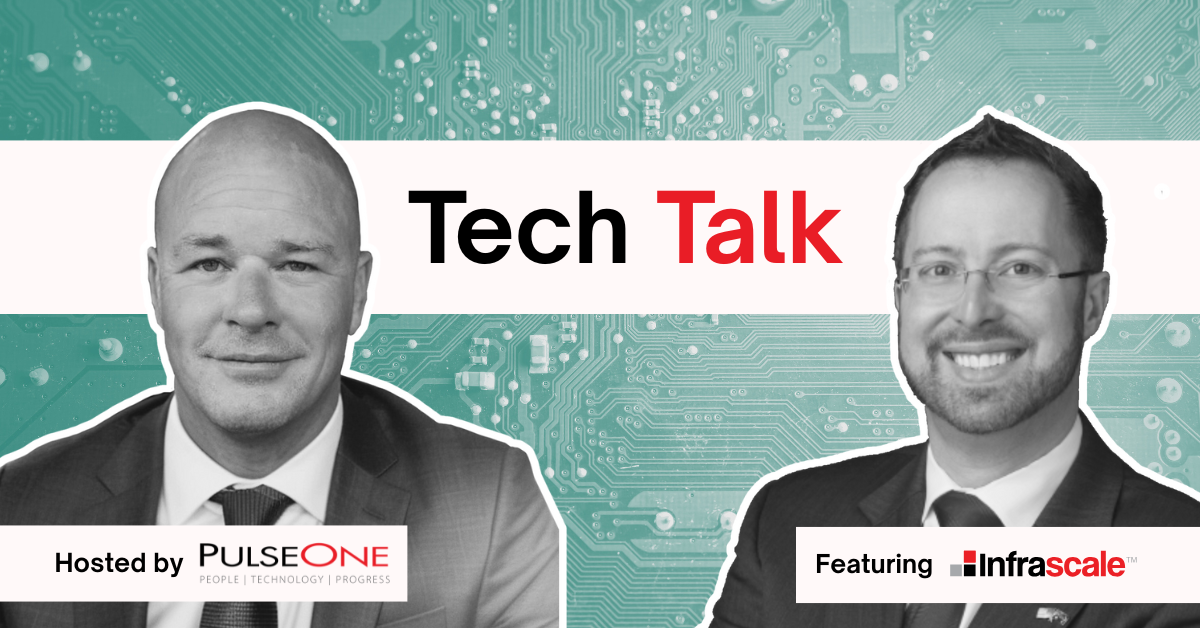Building a Resilient IT Infrastructure for Any Disaster

Part 2 of 4:
Once you recognize the hefty toll of ignoring disaster recovery, the next logical step is to build a resilient IT infrastructure. In this post, we explore strategies—from robust backups to cloud-based failover systems—that ensure your business can bounce back quickly when disaster strikes.
Laying the Foundation for Resilience
Whether it’s a tornado in the Midwest or a data center flood on the East Coast, unforeseen events can strike anytime. Building resilience is about more than just technology; it’s about systematic planning that aligns with your business objectives and risk profile. SMBs in regulated industries—particularly finance and healthcare—must also incorporate compliance considerations into every layer of their disaster recovery strategy.
Why Infrastructure Matters So Much
At its core, a resilient IT infrastructure provides confidence that mission-critical systems won’t be permanently knocked offline by a single disruptive event. This stability fosters trust among customers, partners, and regulators who expect uninterrupted operations and secure handling of sensitive data.
Core Components of a Resilient Infrastructure
- Backup Solutions
- Offsite Storage: Storing backups in a secondary location or via a cloud service can mean the difference between quick restoration and complete data loss.
- Immutable Backups: A specialized form of backup where data cannot be altered or deleted, offering strong protection against ransomware.
- Redundancy
- Hardware Redundancy: Duplicate servers, storage devices, and network equipment ensure there’s always a fallback if a component fails.
- Network Redundancy: Multiple ISP connections and failover networking configurations help prevent single points of failure.
- Cloud Integration
- Hybrid Solutions: A mix of on-premises and cloud-based systems gives businesses flexibility in data storage and application deployment.
- Scalability: Cloud platforms can quickly scale resources up or down, supporting sudden spikes in traffic or data processing needs.
- Failover Systems
- High-Availability Clusters: Systems configured so that if one node goes down, another automatically takes over.
- Rapid Switchover: Automated processes to divert traffic or workloads to backup systems with minimal interruption.
Disaster Recovery as a Service (DRaaS)
For many SMBs, Disaster Recovery as a Service (DRaaS) offers an affordable route to enterprise-grade resilience. By replicating and hosting servers in the cloud, DRaaS providers can spin up an organization’s environment in a secondary location within minutes or hours. This approach removes the heavy lifting of maintaining physical infrastructure and allows you to pay only for the resources you need.
Key DRaaS Benefits
- Reduced Capital Expenditure: No need to purchase and maintain extra hardware or a remote data center.
- Scalable Recovery: Seamlessly increase or decrease capacity based on growth or seasonal demands.
- Managed Services: Providers typically handle updates, security patches, and continuous monitoring.
Testing and Validation: The Often-Neglected Step
Even the most advanced technology won’t protect you if your team doesn’t know how to execute the plan under real-world conditions. Testing ensures that backups are recoverable, failover scripts run correctly, and all personnel know their roles.
- Simulated Failures: Schedule routine “fire drills” to intentionally cause system interruptions in a controlled environment, verifying that your failover processes work.
- Employee Drills: Train staff on communication protocols, data restoration tasks, and fallback procedures.
- Third-Party Audits: Enlist external experts to spot weaknesses in your recovery plan or technical architecture.
Aligning with Regulatory Tests
For healthcare providers, regular HIPAA compliance audits might include verifying that disaster recovery procedures meet federal guidelines. Financial institutions, governed by SOX or SEC regulations, may be required to demonstrate ongoing continuity capabilities. Thorough testing and documentation can prove compliance and avoid hefty penalties.
Scalability and Flexibility for Long-Term Growth
A growing SMB should ensure its disaster recovery architecture can scale alongside new applications, staff expansions, or geographical moves. Infrastructure that fails to keep pace with evolving demands creates new vulnerabilities. Keep an eye on:
- Application Updates: Each new application or software upgrade might need an associated backup and failover plan.
- Hardware Refresh Cycles: Outdated hardware is more prone to failure. Plan updates proactively to avoid disruptions.
- Regulatory Changes: Industries like finance and healthcare frequently update regulations, necessitating periodic reviews of your IT infrastructure.
The ROI: Justifying Infrastructure Investments
Investing in resilient IT infrastructure pays dividends by limiting downtime, protecting revenue streams, and maintaining regulatory compliance. For instance, research from Aberdeen shows that businesses using hybrid cloud solutions can recover up to 40% faster than those relying on a single on-premises or single-cloud setup. These productivity gains and risk reductions ultimately justify the costs of implementing a robust disaster recovery framework.
How PulseOne Can Help
PulseOne helps SMBs develop and refine their resilient IT strategies through:
- Business Continuity Readiness Assessment: Our detailed evaluation identifies exactly where your vulnerabilities lie, from network architecture to data backup protocols.
- Vulnerability & Cyber Readiness Assessments: We assess potential weak points—like outdated servers or insecure remote access—to preempt disruptions.
- Design and Implementation of Redundancy: From cloud-based failover systems to network redundancies, we architect solutions that keep you operational.
- Ongoing Testing and Audits: PulseOne conducts regular tests, simulations, and updates to ensure your infrastructure remains robust against emerging threats.
Action Steps
- Take Our Free Online Assessment: Get a quick “readiness score” that highlights gaps in your current approach.
- Consult with Our Experts: Schedule a comprehensive review of your IT environment and receive a tailored roadmap for improved resilience.
- Plan a Drill: If you already have a disaster recovery plan, test it. If not, let PulseOne guide you through the process of building and validating one.
Get Started Now
Building a resilient IT infrastructure is not a “nice-to-have” but a critical line of defense in today’s unpredictable climate. By incorporating backups, redundancy, failover systems, and routine testing, SMBs can substantially reduce their risk of catastrophic downtime. Whether you’re in healthcare, finance, or any other tech-reliant industry, investing in robust infrastructure is a strategic move that safeguards both your bottom line and your brand reputation.


